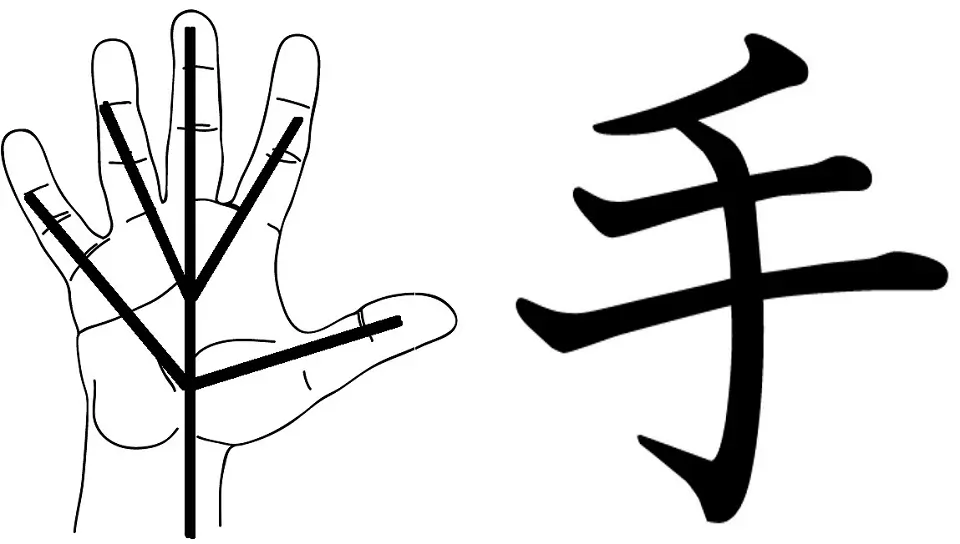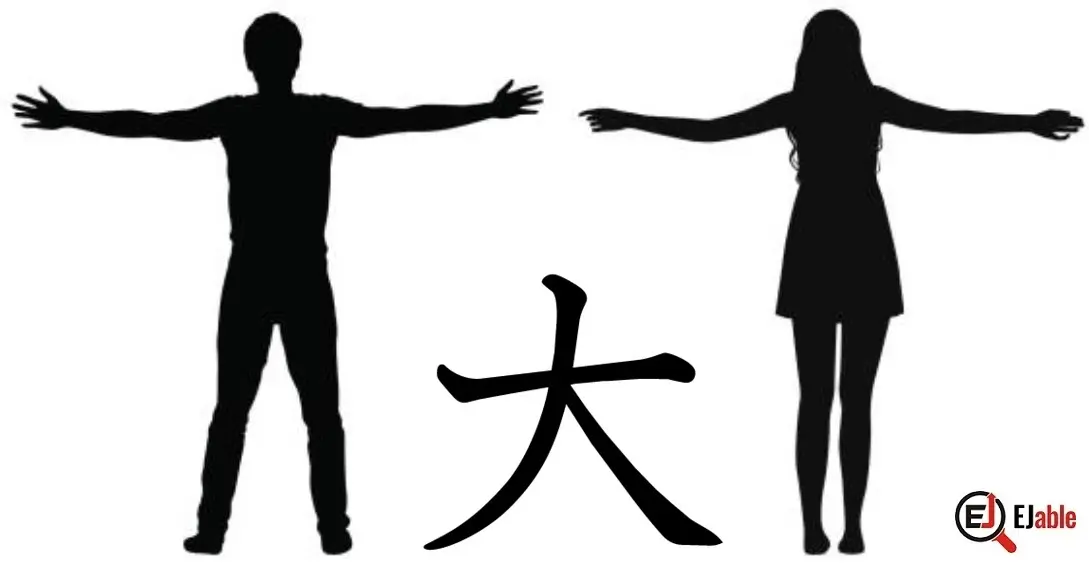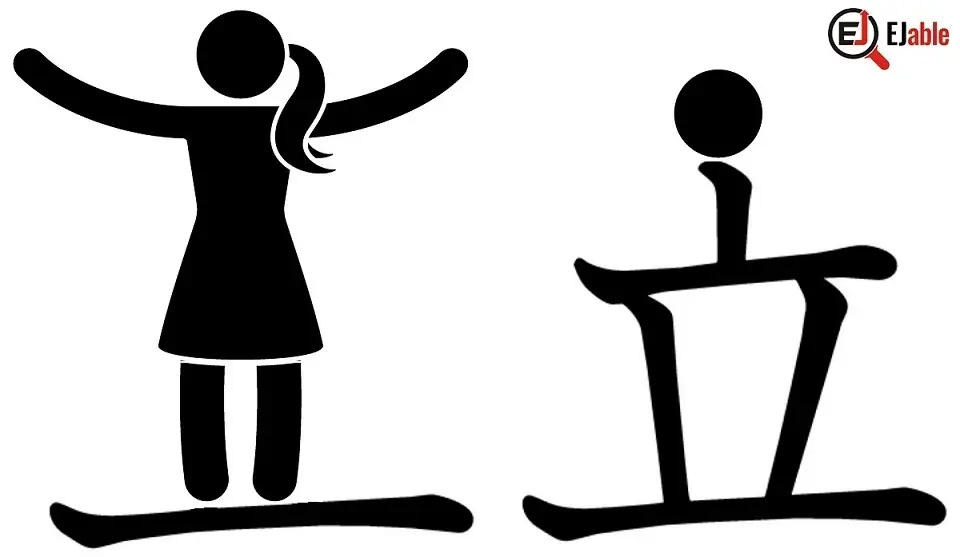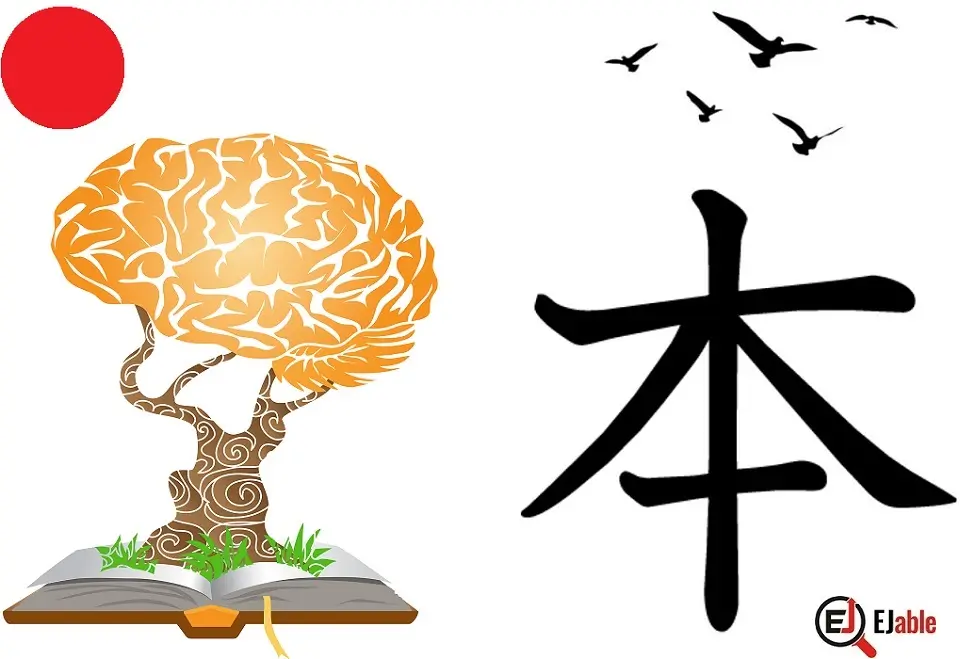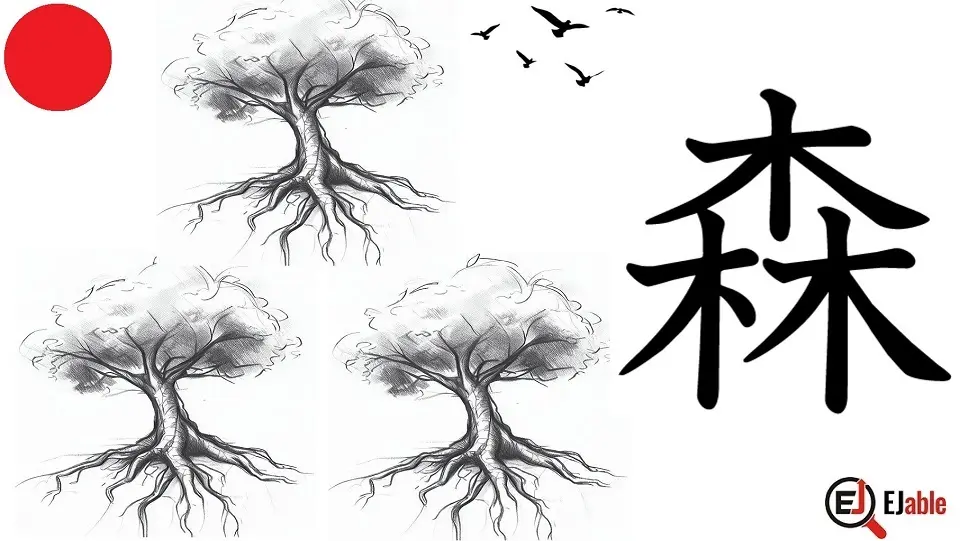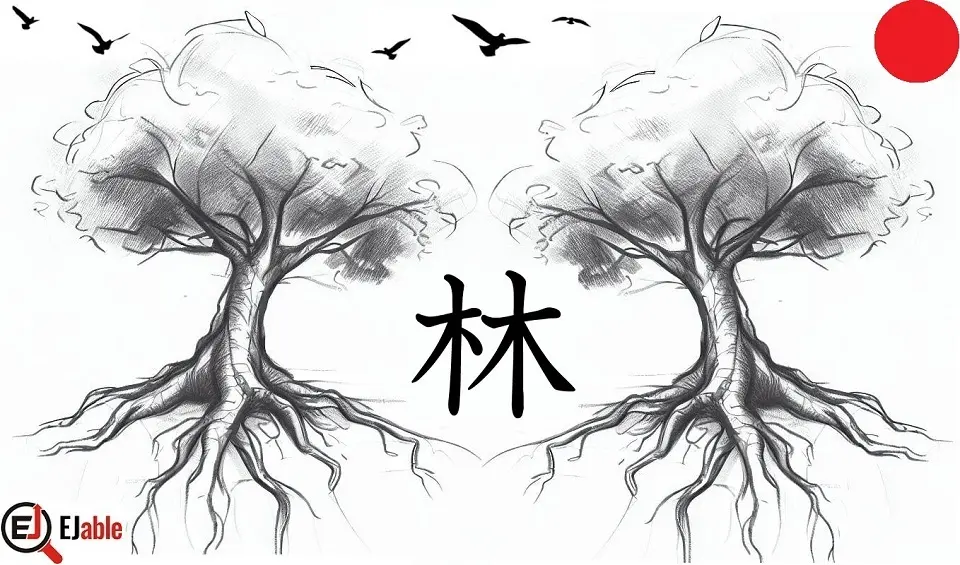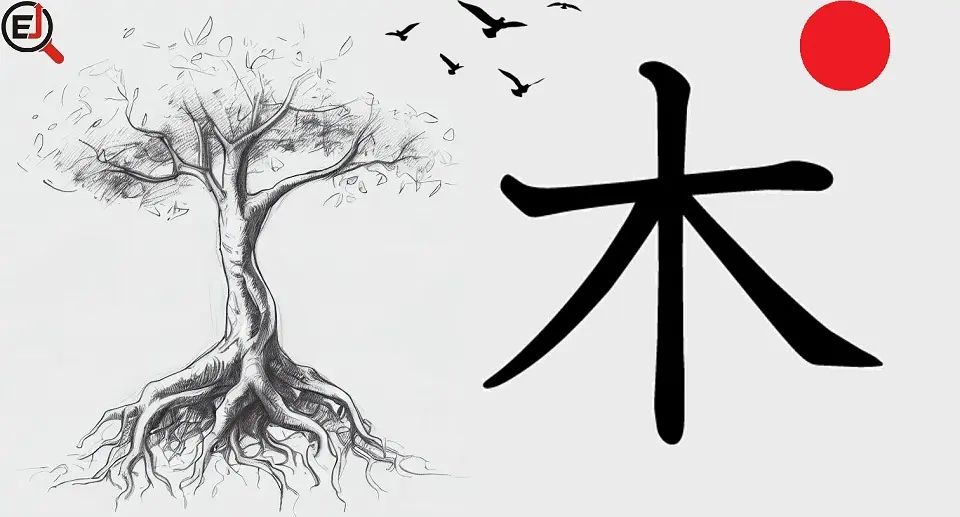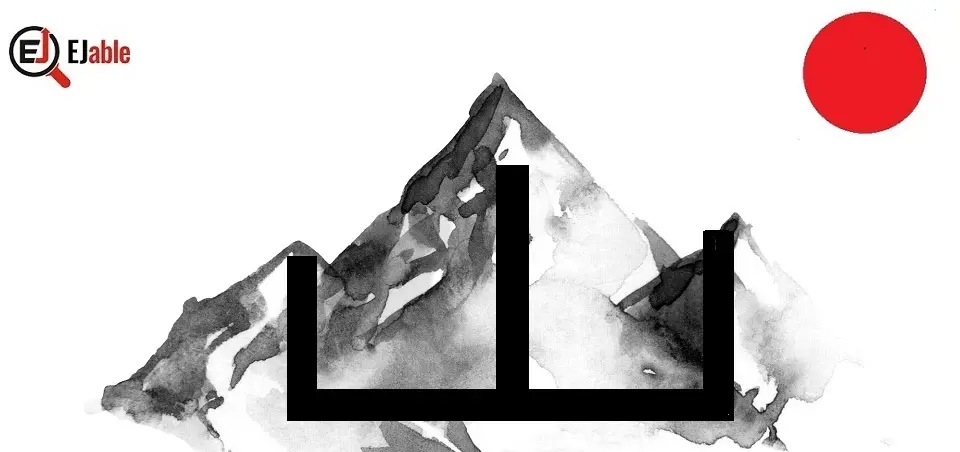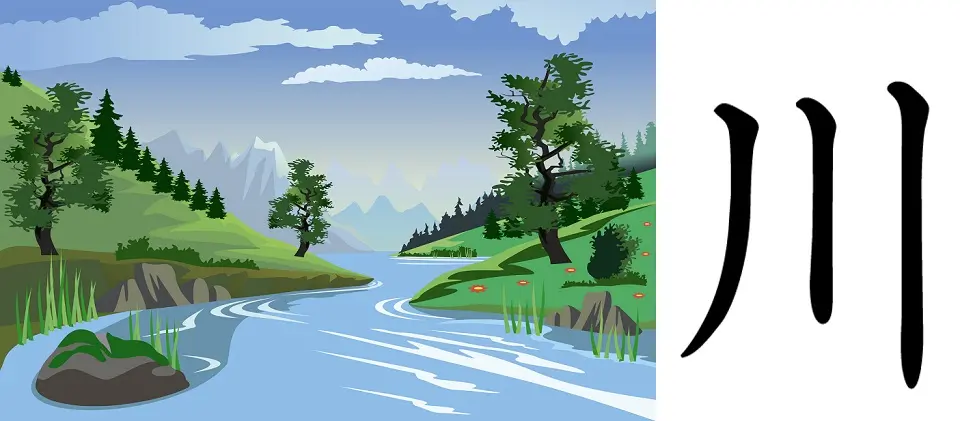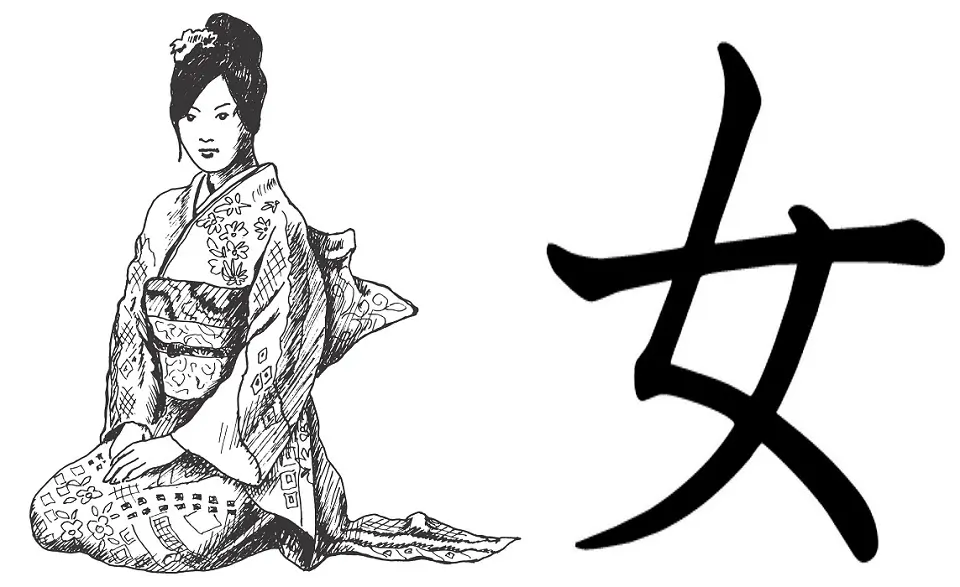Kanji for Hand (手)
The Japanese kanji for “hand” is 手 (read as “te”). This kanji is pronounced “te” or “ta” in its kun’yomi reading and “shu” in its on’yomi reading. Hand’s Kanji is constructed with 4 strokes. This Kanji is a part of the JLPT N4 syllabus (please check the list of JLPT N4 kanji) and is taught in grade 1 in Japanese
Continue reading
